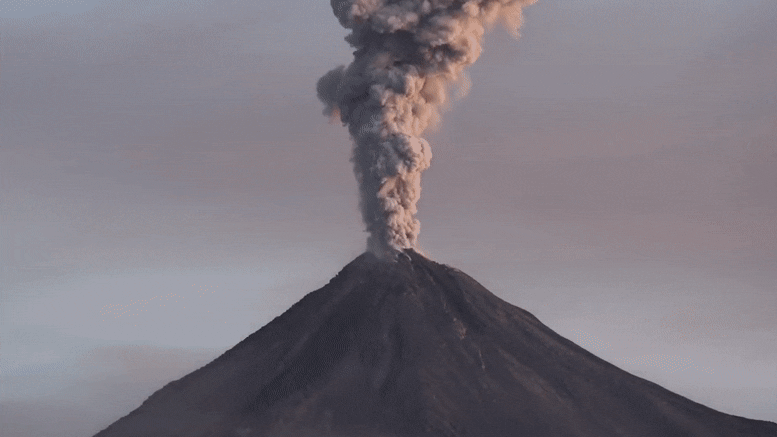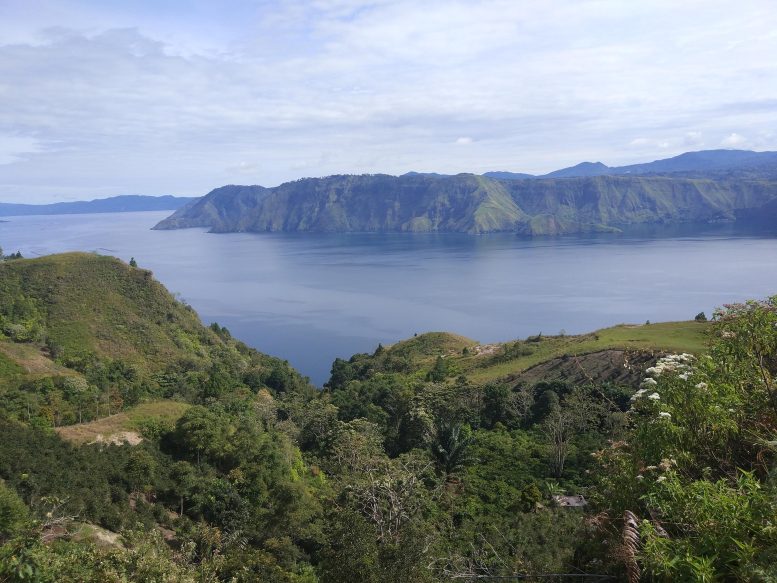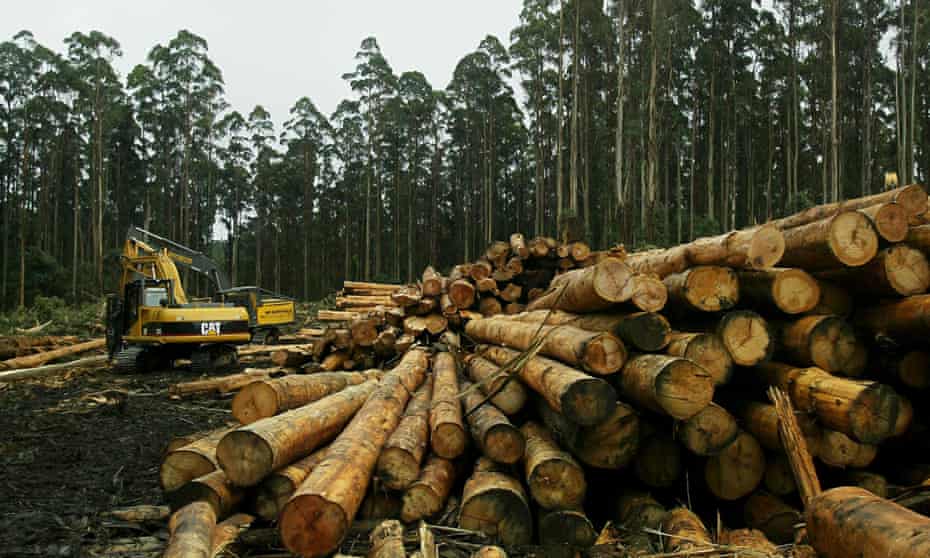Making mining smarter, cleaner 'has never been more important'
Sudbury’s Centre for Excellence in Mining Innovation, or CEMI, celebrated the official launch of the Mining Innovation Commercialization Accelerator (MICA) Network on Wednesday.
First proposed by CEMI in 2015, the MICA Network aims to connect regional mining clusters with cross-sector innovation centres across the country to create a national network that will help commercialize innovations in the mining industry.
“The objective of the MICA Network is to create a space where small- to medium-sized enterprises (SMEs), who do most of the innovation in the mining sector and other industrial sectors across the country, could network with one another,” said CEMI president Douglas Morrison
. “The one thing I would say about MICA is that it’s focused on innovation. It’s not focused on research, which is very different from innovation. Innovation is the technical refinement of research into a permanently successful, commercially viable business.”
Event participants joined Morrison and his team as they introduced MICA’s six main partners and provided an overview of the network and its benefits to the Canadian innovation ecosystem.
The three-hour hybrid event, which featured introductory remarks by Assistant Deputy Minister of Natural Resources Canada Jeff Labonté and special guest speaker George Hemingway of Stratalis Consulting, attracted dozens of viewers from around the world.
Through its national network, MICA hopes to create a mining technology “ecosystem” in Canada and lead the mining industry’s transition to a low-carbon future.
The network will accomplish this task by accelerating the number and scale of Canadian businesses in the mining sector and commercializing late-stage mining technologies.
Some MICA members will be eligible to submit project proposals that increase mine productivity, reduce energy consumption and GHG emissions, implement smart mining systems or eliminate environmental risk and reduce long-term liabilities.
To apply for leveraged funding, applicants must secure funding to match MICA’s contribution and be “incorporated pursuant to the laws of Canada.”
Successful applicants will enter into a funding agreement with the network to commercialize their innovation within one to five years.
Around 350 mine or plant operating companies, Canadian SMEs, large tech companies, industry associations, innovators, and academic and research associations are expected to become members of the network.
Those who join the MICA Network will gain access to a number of networking opportunities at the grassroots level.
“We’re excited at Natural Resources Canada (NRCAN) to be a part of the launch of MICA and to participate and contribute,” said Labonté, the deputy minister.
“Our work continues within the mining sector and the innovation sector to build bridges and contribute to these efforts, but of course, those efforts are really about the work that you do, the work the network will build, and all of the opportunity that will come from it.”
CEMI received $40 million in federal funding through the Innovation, Science and Economic Development Canada’s Strategic Innovation Fund in July to support the development of the MICA network.
The $112.4-million initiative is expected to leverage around $70 million in private sector investments to support the creation of 900 jobs and 12 new businesses.
The network, which is headquartered in Sudbury, is also expected to commercialize around 30 new products and services within the mining industry.
“MICA is a national network with six main partners across Canada, from B.C. to Newfoundland, from the north to the south, from universities and colleges to business developers all supporting the extraction of every metal and mineral commodity Canada has to offer,” said CEMI board chair Marianne Matichuk.
“Innovation for mining has never been more important than it is today. MICA will focus on helping SME companies to grow and expand by delivering new technologies to electrify the economy and reverse climate change.”
MICA’s main partners include the MaRS Discovery District, Group MISA, College of the North Atlantic, Saskatchewan Polytechnic, The Bradshaw Research Initiative for Minerals and Mining (BRIMM), and InnoTech Alberta.
During the virtual announcement, CEMI’s president said these partners were not selected randomly.
“They’re here because they can help us address every single commodity that is mined in Canada today,” said Morrison.
CEMI’s vice-president of Business Development and Commercialization, Charles Nyabeze, said MICA’s main partners were selected because “they have access to innovations happening in their own backyards” in the mining sector and beyond.
“The network that MICA is going to work with is truly representative of the entire Canadian innovation ecosystem,” said Nyabeze.
MICA’s partners were present during the launch event to give brief presentations on what each organization has to offer.
“We believe that quicker, smarter, and more efficient adaptations can come from networking, collaborating and learning from the outside world,” said Paul Labbe, mining research chair at Saskatchewan Polytechnic.
“We have great ideas to bring to the rest of Canada, and we have big hearts and work hard to be open-minded.”
The launch event culminated with George Hemingway’s keynote address, which explored the concepts of meaning and purpose.
“We and the companies we work for need to go out and not just focus on the obvious GHG reduction or electric scoops or tailings dams or storytelling to investors, but in getting our people and ourselves to be advocates in our industry going forward,” said the partner and innovation practice lead at Stratalis Consulting.
“More than ever, I believe it’s not just the what we do, but the why we do it that makes a difference. Many small messages of purpose are the difference that can build trust the industry needs to transform and persevere in most uncertain lifetimes.”
How to apply
Those interested in determining their eligibility to become a member of the network can visit MICA’s website at www.micanetwork.ca.
Membership is available in four categories, including individual, associate, SME, and mining companies and costs range from $125 to $35,000 per year.
MICA’s first call for proposals for technical projects will be launched on Dec. 1.
The phase one form will be available on MICA’s website and a webinar will be held following the launch for general information and to answer any questions. The phase one application will be due on Jan. 7.
More information on technical projects and access to funding is also available on MICA’s website.
The Local Journalism Initiative is made possible through funding from the federal government.
sud.editorial@sunmedia.ca
Twitter: @SudburyStar
Colleen Romaniuk, Local Journalism Initiative Reporter, The Sudbury Star
2019-07-18 · Sudbury’s contribution to the space exploration is a major topic of interest at Science North, where it continues to be studied in great detail. Olathe MacIntyre is a staff scientist there. "I feel like I’m in a cosmologically significant place here in Sudbury. It’s fun for me. I wanted to go to the moon. I actually wanted to go on Mars ...
Sudbury was a stand-in for the moon and other little-known ...
2019-07-12 · "It looks like a Sudbury breccia."Bonus: Apollo 13On April 11, 1970, the giant Saturn V rocket blasted off from the Kennedy Space Center with three astronauts — Jim Lovell, John Swigert and Fred Haise — heading toward the moon. The Apollo 13 mission seemed to be going well, with some at mission control saying it was the smoothest ride so far.But about 56 hours into the flight, an oxygen ...














.png)

